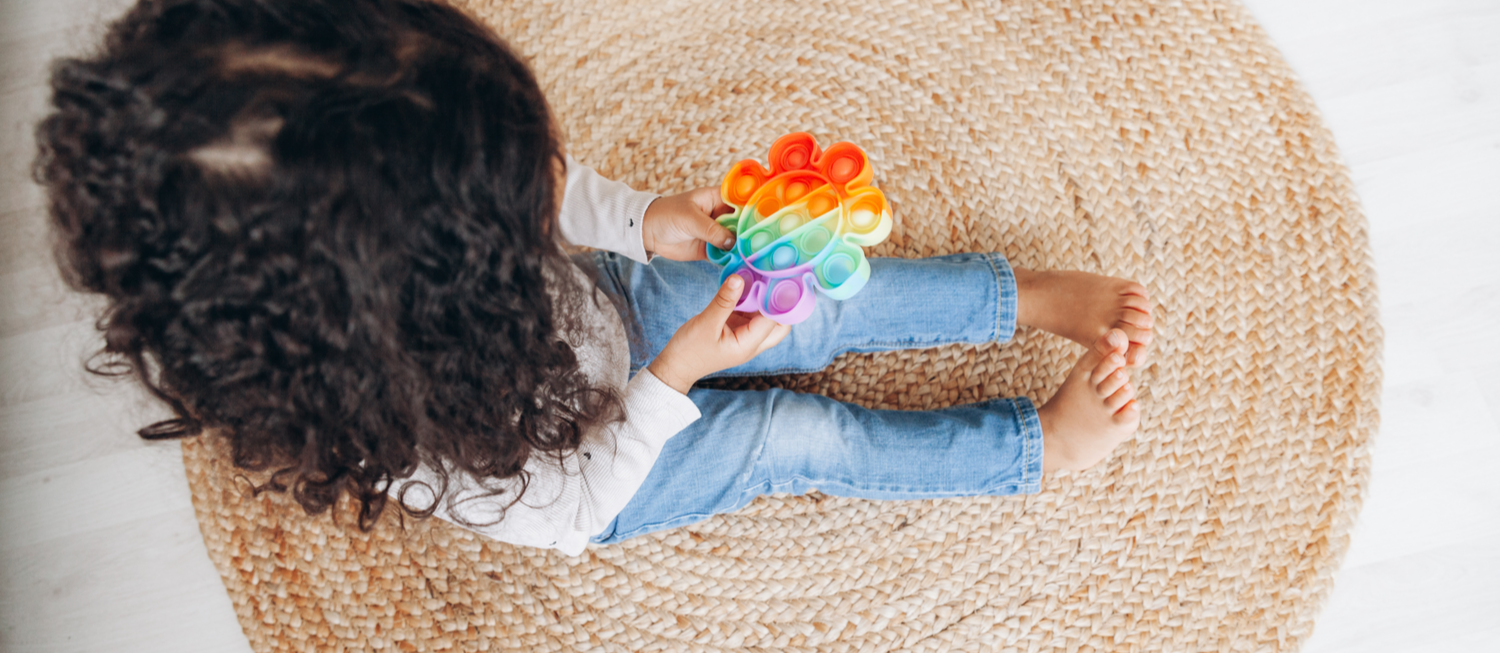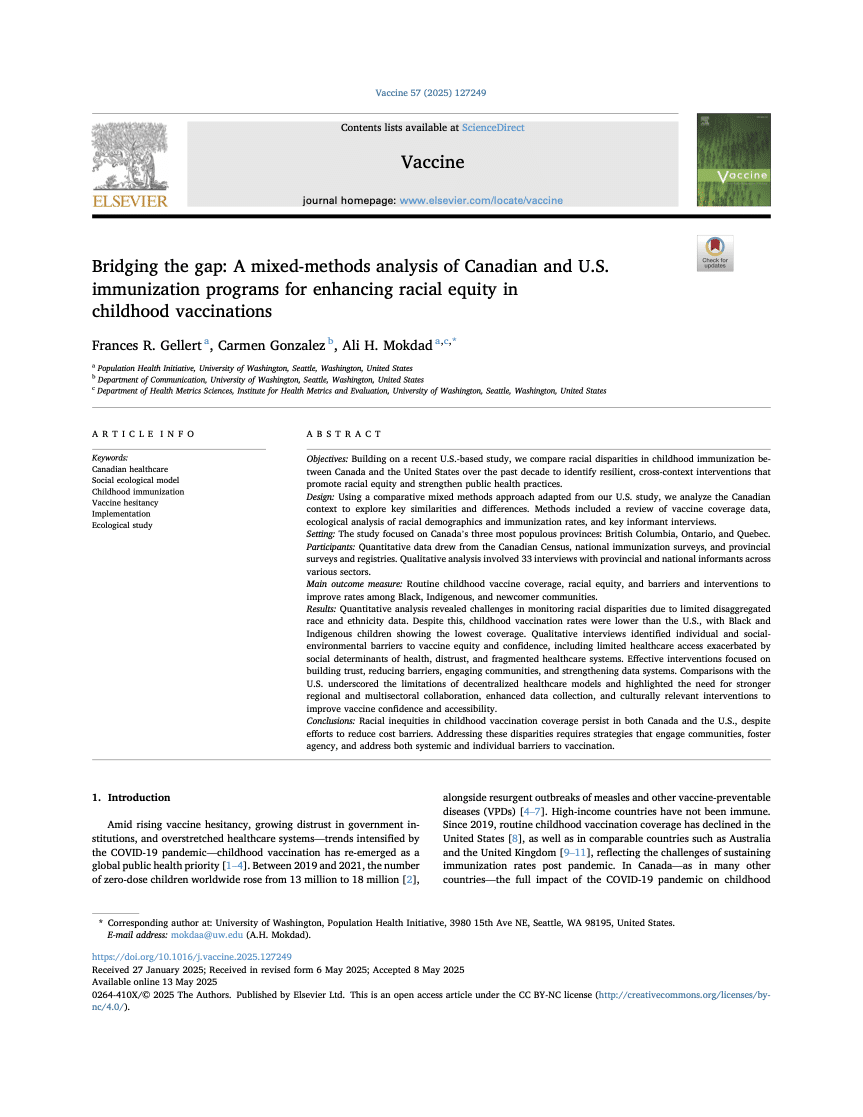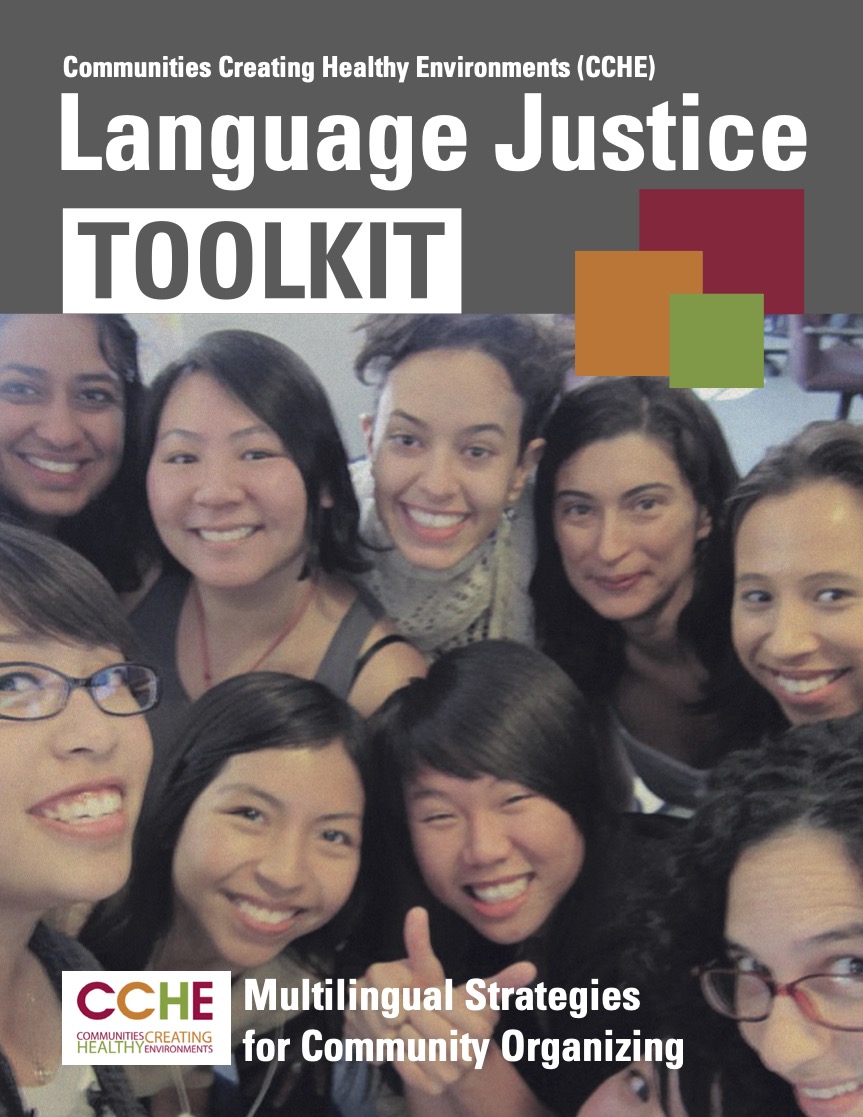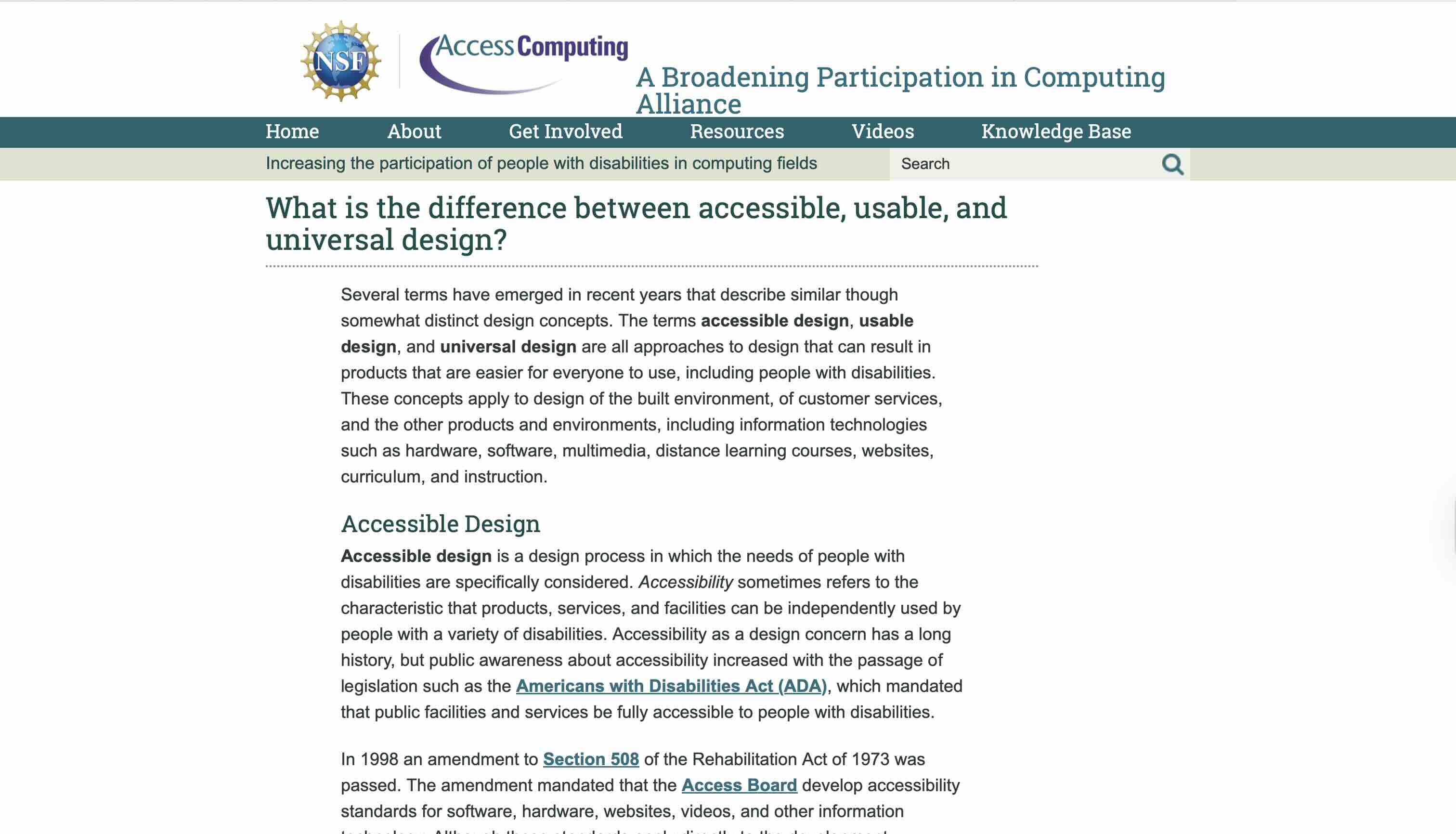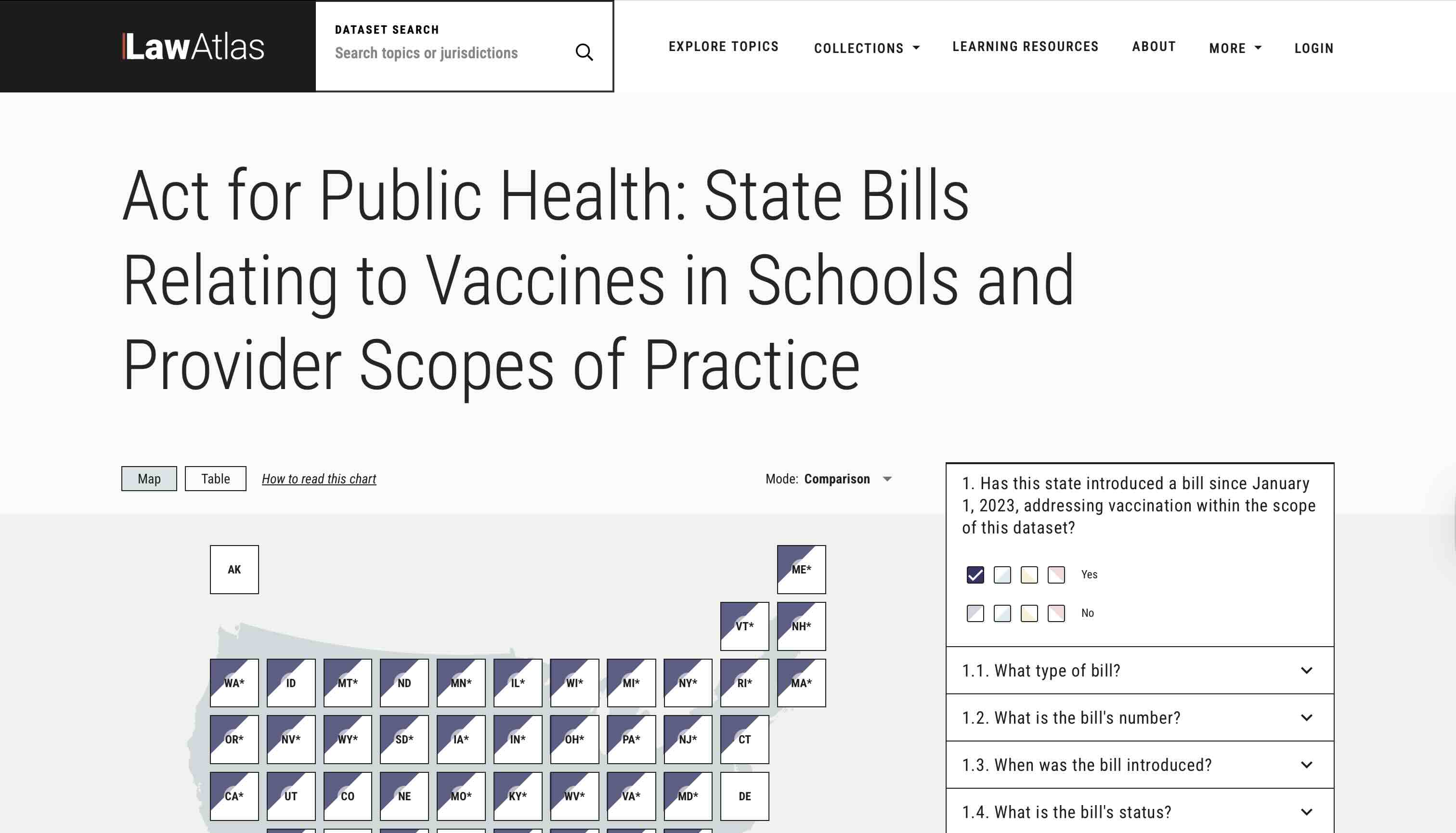Accessibility
Accessibility is the practice of eliminating barriers so that all people can access opportunities, services, information, physical locations, and technologies. While accessibility should prioritize improving access for people with disabilities, it can also include eliminating language, socioeconomic, geographic, cultural, and other barriers to improve access for all people.
More than 1 in 4 adults live with a disability in the U.S. One in 5 adults experience a mental health condition each year, 48 million people have hearing loss, 7.7 million people have a visual disability, and 6.8 million people use mobility devices. Improving accessibility means eliminating barriers that routinely prevent these groups, and millions of others, from accessing what they need. Historically, inaccessibility has been baked into the fabric of our society through systems, spaces, technology, and culture designed by and for able-bodied people. Driven by ableism and its intersections with racism, sexism, and other forms of marginalization, inaccessibility by design permeates all aspects of life. All people are impacted by inaccessibility, but people with disabilities are most significantly impacted. Disabled people who are living in poverty, located in rural communities, LGBTQ+, Black, Indigenous, and/or of color often struggle the most to thrive due to compounding marginalizations.
Thanks to centuries of self-advocacy and movement-building by the disabled community, accessibility has come a long way. Recently, COVID-19 magnified both the society-wide need for accessibility and the dire lack of accessibility for disabled people. While disabled and abled people alike celebrated the explosion of accessibility apps, contactless shopping, telehealth, and reduced flu seasons, many disabled people were left out of the advances. As public transportation faltered, waiting lines lengthened, services abruptly moved online, and medical facilities shut down entire programs to make space for COVID-19 patients, large parts of the world became less accessible for many people with disabilities. Disabled people who struggle with mobility, service access, healthcare continuity, internet access, verbal phone communication, and technological skills—especially those living in rural areas—are still struggling to recover from the upheaval.
Improving accessibility for all people means prioritizing accessibility for people with disabilities. It means ensuring disabled people have equitable access to opportunities, services, information, places, technologies, and everything else they need to thrive. Institutionalizing and operationalizing these practices throughout all leadership levels and all sectors will require organizations, allies, and systems to deeply center and follow the leadership of disabled people, especially disabled people of color and LGBTQ+ disabled people. Allies should start by recognizing that disability is a complex, deeply-personal experience, and that implementing genuine, lasting accessibility will require many diverse disabled voices in collaborative co-leadership. Community-led processes, self-representation, and centering the voices of people with disabilities—including invisible disabilities—are a few effective tactics communities can leverage to advance accessibility.
See also: people with disabilities, mental and behavioral health, neurodiversity, universal design, trauma-informed practices
Resources & Tools
The Relationship Between Community Development and Health
Resource
Brought to you by Health Impact Project
Reframing Neurocognitive Differences: What the Neurodiversity Movement Means for Public Health and Equity
Story
-
 Original
Original
Brought to you by Community Commons
Increasing the Physical Accessibility of Health Care Facilities
Resource - Journal Article
Brought to you by CMS
The Role of Business in Supporting Humane Housing
Resource - Policy Brief
Brought to you by WIN Network
Getting the Care You Need: Guide for People with Disabilities
Resource - Guide/handbook
Brought to you by CMS
US Drinking Water Quality: Exposure Risk Profiles for Seven Legacy and Emerging Contaminants
Resource - Journal Article
‘I Am Not The Doctor For You’: Physicians’ Attitudes About Caring For People With Disabilities
Resource - Journal Article
Brought to you by Health Affairs
COVID-19 Continues to Highlight Gaps in Accessibility for People with Disabilities
Resource - Blog
Brought to you by Johns Hopkins University
How to Improve Physical Accessibility at your Health Care Facility
Resource - Guide/handbook
Brought to you by CMS
Queer, Disabled People Like Me Are Excluded From LGBTQ+ Spaces – It Is Dividing Our Community
Resource - Journal Article
Bridging the Gap: A Mixed-Methods Analysis of Canadian and U.S. Immunization Programs for Enhancing Racial Equity in Childhood Vaccinations
Resource - Journal Article
Brought to you by Elsevier, Inc.
Healthy People 2030: People With Disabilities
Resource - Assessment
Brought to you by U.S. Department of Health and Human Services
Minding The Access Gap: Addressing Both The Digital And Transportation Divides To Improve Outcomes
Resource - Journal Article
Brought to you by Health Affairs
Accommodating Seniors and People With Disabilities: Model Policies and Procedures for Primary Care Practices
Resource - Journal Article
University Disability Inclusion Dashboard
Resource - Assessment
Brought to you by Johns Hopkins University
9 Ways We Can Make Social Justice Movements Less Elitist and More Accessible
Resource - Journal Article
Improving Communication Access for Individuals Who Are Deaf or Hard of Hearing
Resource - Guide/handbook
Brought to you by OMH
How Steep Is That Sidewalk? A Digital Map for People With Disabilities
Resource - Journal Article
Brought to you by Yes! Magazine
The Pandemic’s Silver Linings: Moving Toward a More Inclusive New Normal for People with Disabilities
Resource - Journal Article
Brought to you by Network for Public Health Law
Improving Health Care for Adults With Disabilities: An Overview of Federal Data Sources
Resource - Report
Brought to you by CMS
District of Columbia B24-0429: Metro for D.C. Amendment Act of 2021
Resource - Report
Brought to you by Health Impact Project
Improving Communication Access for Individuals Who are Blind or Have Low Vision
Resource - Guide/handbook
Brought to you by CMS
Water Insecurity and Population Health: Implications for Health Equity and Policy
Resource - Policy Brief
Brought to you by Health Affairs
How Involvement in the Criminal Justice System Affects Health
Resource
Brought to you by The Pew Charitable Trusts
ADA Requirements: Wheelchairs, Mobility Aids, and Other Power-Driven Mobility Devices
Resource - Guide/handbook
The Art of Flourishing: Conversations on Disability
Resource - Website/webpage
Brought to you by The Hastings Center
Trauma and Ableism as Social Determinant of Health for People with Intellectual and Developmental Disabilities
Resource - Webinar
Brought to you by YouTube
Published on 03/08/2023
Language Justice Toolkit: Multilingual Strategies for Community Organizing
Resource - Guide/handbook
Health Note: FY 2020-21 Workers’ Compensation Budget (House Bill 80)
Resource - Report
Brought to you by Policy Matters Ohio
Understanding the Policing of Black, Disabled Bodies
Resource - Journal Article
Brought to you by Center for American Progress
Why Is It So Hard To Find a Therapist? These Barriers Stop Washingtonians From Getting Help
Story - Written
Brought to you by The Seattle Times
Churches Don’t Have to Be Accessible. That’s Bad News for Voters.
Story - Written
Brought to you by Mother Jones
Disability-Related Stress and Inaccessibility as Trauma
Story
-
 Original
Original
Brought to you by Community Commons
Elections Have Gotten More Accessible for Disabled Voters, but Gaps Remain
Story - Written
Brought to you by NYT
Vitamin P: Tapping the Power of Place to Keep Us All Healthy
Story - Written
Brought to you by Community Commons
Disability Justice Is LGBT Justice: A Conversation With Movement Leaders
Story - Audio
Brought to you by Center for American Progress
Navigating Health Care with a Disability: Our Stories, a Focus on People with Disabilities
Story - Video
Brought to you by YouTube
Data Viz: Broadband Access and Usage
Story
-
 Original
Original
Brought to you by Community Commons
Published on 09/28/2017
COVID-19 Response: Digital Accessibility and Other Best Practices for Remote Work
Tool - Toolkit/toolbox
Practical Recommendations for Enhancing the Care of Patients with Disability
Tool - Workshop/training
Data & Metrics
California Department of Health Care Access and Information: Inpatient Discharges
Dataset - Clinical Health
Related Topics


